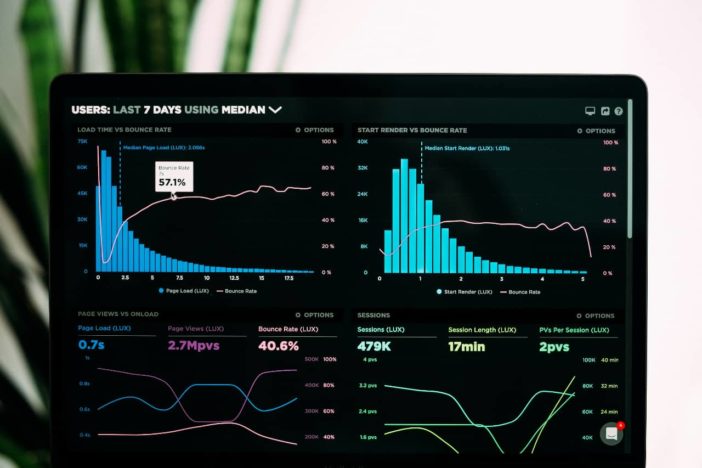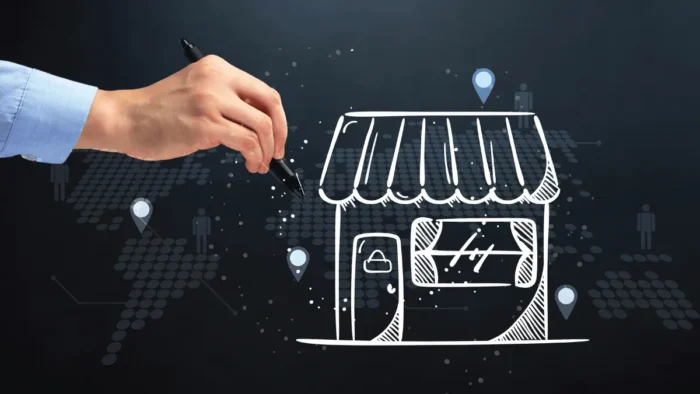Business owners and enterprises, whether large or small, have a lot to gain from real-time data replication and analytics, and retailers are no different. The benefits may not be immediately apparent, but insights gained from the real-time data analysis are truly valuable in enabling companies to maneuver quickly and adapt to changes in market forces, consumer behavior, and many other phenomena.
Thanks to the growing popularity and continued advancements in data management solutions such as database replication software, real-time data analytics of data are now possible. Just imagine the streams of data present in daily activities and transactions that take place online, including e-commerce or Internet shopping, social media use, Internet entertainment, and numerous commercial and industrial applications.
Sometimes, business owners and organizations just need to think deeply into how data replication and analytics can figure in their daily work and operations. Here are some areas where data replication and analysis find real-world applications for retail businesses and organizations:
Internet shopping
As mentioned, e-commerce or Internet retail has become such a huge phenomenon in recent years. In fact, it is already threatening the profitability of brick-and-mortar stores. It is evident with many traditional retailers, malls, and shopping centers closing down and filing for bankruptcy. E-commerce is perhaps one of the pioneering areas of data replication and analysis. It remains to be one of the most important ones.
Consumer behavior on the Internet is a gold mine of information on how retailers and e-commerce websites can profit more. This is done by suggesting relevant content and other products. Simply looking at the past and present shopping preferences of a buyer can tap into potential opportunities for additional sales of either new products or more of the same products.
Companies can also tailor-fit promotions such as freebies, discounts, and other sales offers toward individual consumers. In such a way, they increase the effectiveness of such marketing tactics. The possibilities are truly endless when it comes to real-time data from e-commerce.
Physical shopping
While traditional physical stores have been suffering the brunt of decreased sales, it does not necessarily mean that data analysis is not for them. In fact, it is vital to their goal of regaining their competitiveness and finding their own value propositions to which consumers will be attracted.
A stellar example of this today is China’s own Amazon. The e-retail empire Alibaba was founded by business whiz Jack Ma, which opened a chain of physical stores called Hema. The grocery concept blends offline and online shopping to spell a different kind of experience for shoppers. An app, for instance, allows them to scan item barcodes and QR codes for information on fresh products and food on display. Analytics come into play by suggesting related products and items based on consumer preferences.
Shoppers also simply scan barcodes during shopping, pay for the items through mobile apps such as Alipay, and delivery service within a three-kilometer radius takes care of delivering the goods right to their doorsteps. This innovation is now becoming a huge insight for Western retail counterparts.
Transportation and logistics
Courier companies have benefited greatly from real-time data analytics in providing more accurate and timely service to customers. Factors such as weather and road conditions, routes, optimum delivery order information, delivery time commitments, and a whole lot more are more closely monitored and dealt with.
Real-time data analytics also play a huge role in cross-continental shipping and navigation. Some 80% of global trade travels by sea, and a huge portion of this is the goods that consumers and retailers buy and sell. By looking into data such as shipping schedules, tracking information, tidal and weather forecasts, and port condition information, shipping companies and port agencies can optimize deliveries and prevent costly delays that can affect shipping schedules and disrupt supply chains.
It is truly hard to imagine the world without real-time data analytics these days, and experts agree that it is the way to go in the future of many industries including retail. Companies, therefore, should invest in the right data solutions and systems so as not to get left behind in terms of making the right and responsive business decisions.





